Home>Articles>What Temperature Should Refrigerator Be Set On
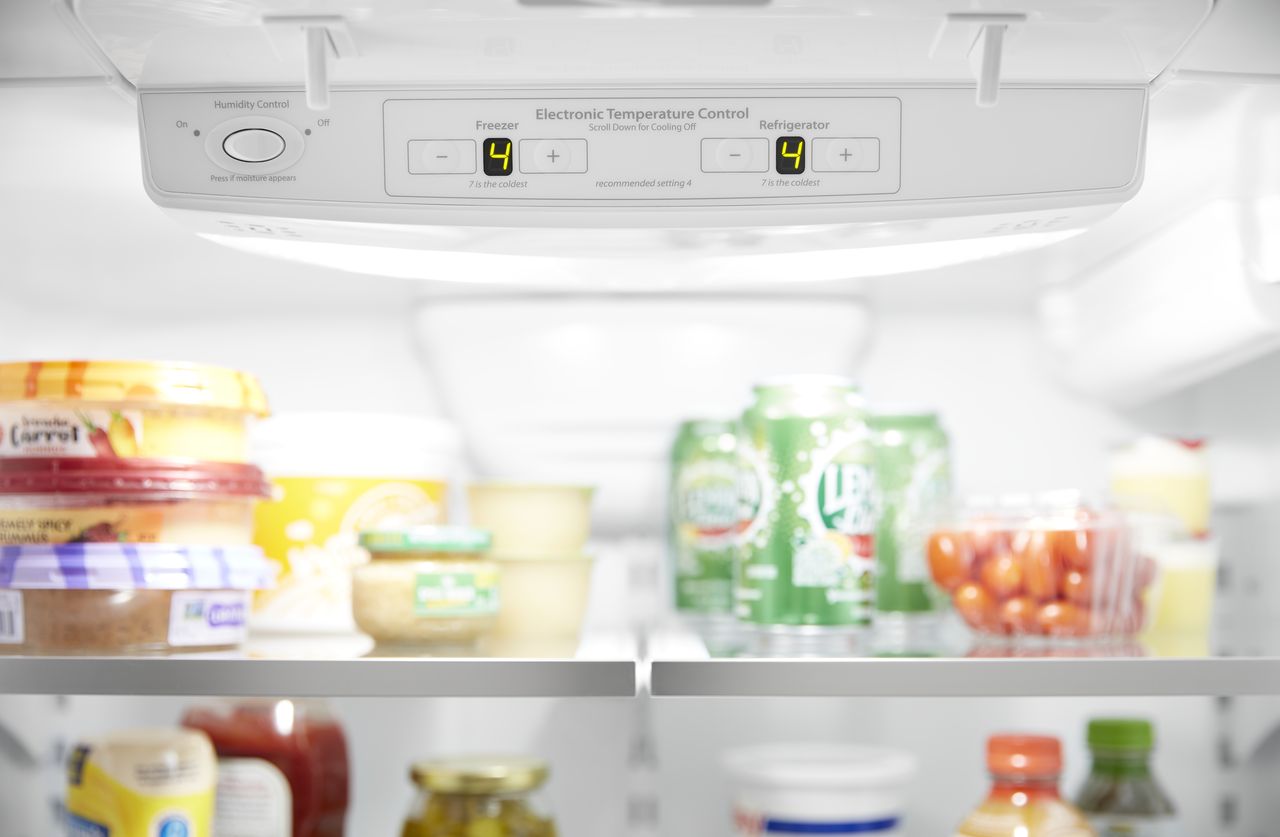

Articles
What Temperature Should Refrigerator Be Set On
Modified: February 27, 2024
Find out the ideal temperature to set your refrigerator on. Read our informative articles for useful tips on maintaining food freshness and energy efficiency.
(Many of the links in this article redirect to a specific reviewed product. Your purchase of these products through affiliate links helps to generate commission for Storables.com, at no extra cost. Learn more)
Introduction
Setting the right temperature for your refrigerator is essential for keeping your food fresh and safe. It not only helps to preserve the quality and taste of your perishable items but also prevents the growth of harmful bacteria.
When it comes to refrigerator temperature, there are several factors to consider. From the type of food you store to the location of your refrigerator, each aspect plays a crucial role in determining the ideal temperature setting.
In this article, we will explore the factors that influence refrigerator temperature settings, provide recommendations for the optimal temperature range, share tips to maintain the right temperature, and help you identify signs that your refrigerator temperature needs adjustment.
So, if you want to ensure maximum efficiency and freshness from your refrigerator, let’s dive into the details!
Key Takeaways:
- Keep your refrigerator temperature between 35°F to 38°F for optimal freshness and food safety. Regularly monitor and adjust the settings to prevent bacterial growth and maintain consistency.
- Signs like food spoilage, freezing, condensation, odors, and energy consumption indicate the need for refrigerator temperature adjustment. Stay vigilant to ensure your food stays fresh and safe.
Read more: What Temperature Should My Refrigerator Be
Factors to consider when setting refrigerator temperature
When it comes to setting the temperature of your refrigerator, there are various factors you need to consider to ensure the perfect balance between freshness and food safety. Let’s take a closer look at these factors:
- Type of food: Different foods require different temperature settings for optimal storage. For instance, perishable items like meat, dairy products, and seafood need a colder temperature to keep them fresh and prevent bacterial growth. On the other hand, fruits and vegetables are best stored at slightly higher temperatures.
- Location of the refrigerator: The location of your refrigerator within your kitchen or home can affect its temperature performance. If it is placed near a heat source such as direct sunlight, an oven, or a dishwasher, it may require a lower temperature setting to compensate for the extra heat exposure.
- Frequency of door openings: Every time you open the refrigerator door, warm air enters, causing the temperature inside to rise. If you frequently access your refrigerator, you may need to set a slightly lower temperature to counterbalance the heat influx and maintain the desired internal temperature.
- Climate and room temperature: The external temperature and climate in which your refrigerator operates can impact its efficiency. In hot and humid environments, the refrigerator may need to work harder to keep the internal temperature cool. In such cases, setting a lower temperature may be necessary.
- Ventilation and airflow: Proper airflow and ventilation are crucial for maintaining a consistent temperature inside your refrigerator. Ensure that the vents and coils are clean and free from any obstructions. Good airflow helps prevent cold spots and ensures that all food items are evenly cooled.
Considering these factors will help you make informed decisions when setting the temperature for your refrigerator. It is important to note that the ideal temperature range may vary depending on your specific circumstances. Let’s explore the recommended temperature settings in the next section.
Recommended temperature settings for refrigerators
Setting the right temperature for your refrigerator is key to preserving the freshness and taste of your food items. While individual preferences and circumstances may vary, there are generally accepted temperature ranges that ensure optimal storage conditions. Here are the recommended temperature settings for refrigerators:
- General guideline: The ideal temperature range for most refrigerators is between 35°F (1.7°C) and 38°F (3.3°C). This temperature range keeps your food cold enough to inhibit bacterial growth while preventing freezing.
- Freezer compartment: For refrigerators with a built-in freezer compartment, the recommended temperature range is 0°F (-18°C) or slightly below. This temperature keeps your frozen food items safe and prevents freezer burn.
- Special considerations: If you have specific food items that require different temperature settings, such as a dedicated compartment for fruits and vegetables, follow the manufacturer’s instructions for the recommended temperature ranges.
It’s important to note that different refrigerator models may have slight variations in temperature control accuracy. To ensure the optimal temperature, use an appliance thermometer to measure the internal temperature. Place the thermometer in the middle of the refrigerator compartment for an accurate reading.
Remember, maintaining a consistent temperature is crucial. Temperature fluctuations can compromise the freshness and safety of your food. It’s advisable not to constantly change the temperature setting unless necessary.
Now that we’ve covered the recommended temperature settings, let’s move on to some practical tips for maintaining the proper temperature in your refrigerator.
The recommended temperature for a refrigerator is 37-40°F (3-4°C) to keep food safe and fresh. Use a refrigerator thermometer to ensure it stays within this range.
Tips for maintaining proper refrigerator temperature
Maintaining the proper temperature in your refrigerator is essential for food safety and freshness. Here are some tips to help you maintain the optimal temperature:
- Keep the refrigerator door closed: Opening the refrigerator door frequently allows warm air to enter, causing the temperature inside to rise. To minimize temperature fluctuations, avoid unnecessary door openings. Retrieve all the items you need at once and close the door promptly.
- Check the door seals: Ensure that the door seals are in good condition and free from any damage. Loose or damaged seals can cause air leaks, resulting in temperature inconsistencies. If you notice any issues, replace the seals promptly to maintain an airtight refrigerator.
- Avoid overcrowding: Overpacking your refrigerator can restrict proper airflow, leading to uneven cooling and temperature fluctuations. Allow enough space between items for adequate air circulation. Consider removing any unnecessary items or storing them in a secondary refrigerator or freezer.
- Regularly clean your refrigerator: Accumulated dust and debris on the condenser coils can hamper heat dissipation and impact the refrigerator’s cooling efficiency. Clean the coils periodically according to the manufacturer’s instructions to ensure optimal performance.
- Monitor the temperature: Use an appliance thermometer to regularly monitor the temperature inside your refrigerator. This will help you identify any temperature fluctuations or inconsistencies. Adjust the temperature settings if necessary to maintain the desired range.
- Avoid placing hot foods: When storing leftovers or freshly cooked food, allow them to cool to room temperature before placing them in the refrigerator. Placing hot or warm food directly in the refrigerator can raise the internal temperature and cause uneven cooling.
- Regularly defrost and clean the freezer: If your refrigerator has a freezer compartment, regular defrosting and cleaning are necessary to prevent ice buildup and maintain proper temperature circulation. Follow the manufacturer’s instructions for defrosting and cleaning procedures.
By following these tips, you can ensure that your refrigerator maintains the proper temperature for maximum food safety and freshness. However, it’s important to be aware of signs that may indicate the need for temperature adjustment.
Signs that refrigerator temperature needs adjustment
Monitoring the temperature of your refrigerator is crucial for maintaining food safety and freshness. Here are some signs that indicate your refrigerator temperature may need adjustment:
- Frequent food spoilage: If you notice that your food is spoiling faster than usual, it could be a sign that the refrigerator temperature is too high. Bacterial growth accelerates at higher temperatures, leading to a shorter shelf life for your perishable items.
- Frozen or partially frozen food: On the other hand, if you find that your food is freezing or partially freezing in the refrigerator compartment, it indicates that the temperature is too cold. Freezing can affect the texture and quality of certain food items.
- Condensation and moisture buildup: Excessive condensation or moisture inside the refrigerator can be a sign of temperature imbalance. If you notice water droplets or a wet environment, it may indicate that the temperature is set too low or that there is a problem with the door seal.
- Unpleasant odors: A foul or off-putting odor in your refrigerator can be a result of improper temperature control. When the temperature is not set correctly, it can lead to the growth of bacteria and mold, resulting in unpleasant smells.
- Inconsistent temperature across compartments: If you find that the temperature varies significantly between different compartments or areas of your refrigerator, it may indicate a problem with temperature regulation. This can lead to uneven cooling and affect the freshness of your food.
- High energy consumption: If you notice a sudden increase in your energy bills without any other noticeable changes, it could be due to the refrigerator running at an incorrect temperature. When the temperature is not properly regulated, the refrigerator may work harder and consume more energy than necessary.
If you observe any of these signs, it is important to take action to adjust the temperature settings in your refrigerator. Refer to the manufacturer’s guidelines or consult a professional if you need assistance in troubleshooting or making the necessary adjustments.
By being attentive to these signs and promptly addressing any temperature issues, you can ensure that your refrigerator continues to provide optimal storage conditions for your food.
Conclusion
Properly setting and maintaining the temperature of your refrigerator is essential for preserving the freshness and safety of your food. By considering factors such as the type of food, location of the refrigerator, frequency of door openings, climate, and ventilation, you can establish the ideal temperature settings.
The recommended temperature range for most refrigerators is between 35°F (1.7°C) and 38°F (3.3°C), while the freezer compartment should be set to 0°F (-18°C) or slightly below. It’s important to regularly monitor the temperature using an appliance thermometer and make adjustments as needed to ensure consistency.
To maintain the proper temperature, keep the refrigerator door closed, check the door seals for air leaks, avoid overcrowding, regularly clean the refrigerator and coils, and avoid placing hot food directly into the refrigerator. Additionally, defrost and clean the freezer compartment regularly for optimal performance.
Be mindful of the signs that indicate your refrigerator temperature needs adjustment, such as frequent food spoilage, freezing or partial freezing of food, condensation or moisture buildup, unpleasant odors, inconsistent temperature across compartments, and increased energy consumption.
By following these guidelines and promptly addressing any temperature issues, you can ensure that your refrigerator operates efficiently, keeping your food fresh, safe, and delicious for longer periods.
Remember, maintaining the proper refrigerator temperature not only saves you money by reducing food waste but also contributes to your health and well-being by preventing the growth of harmful bacteria. So, take the time to set and monitor the temperature of your refrigerator to enjoy the benefits of fresh and safe food every day.
Frequently Asked Questions about What Temperature Should Refrigerator Be Set On
Was this page helpful?
At Storables.com, we guarantee accurate and reliable information. Our content, validated by Expert Board Contributors, is crafted following stringent Editorial Policies. We're committed to providing you with well-researched, expert-backed insights for all your informational needs.
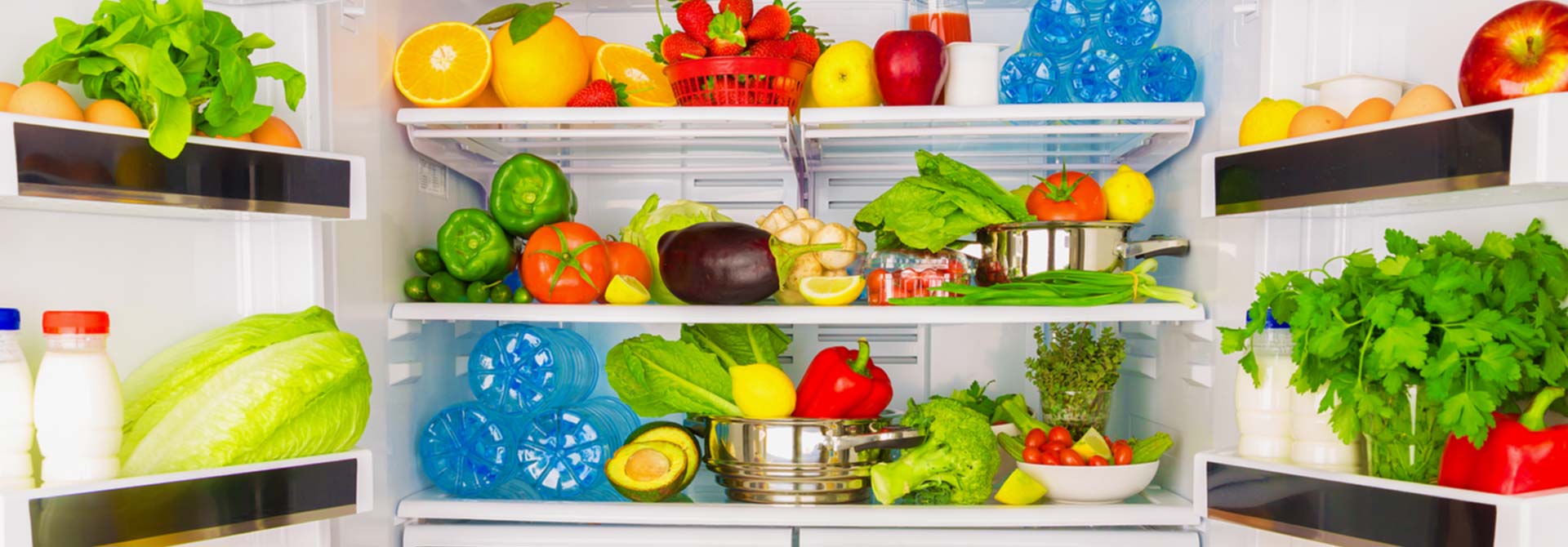

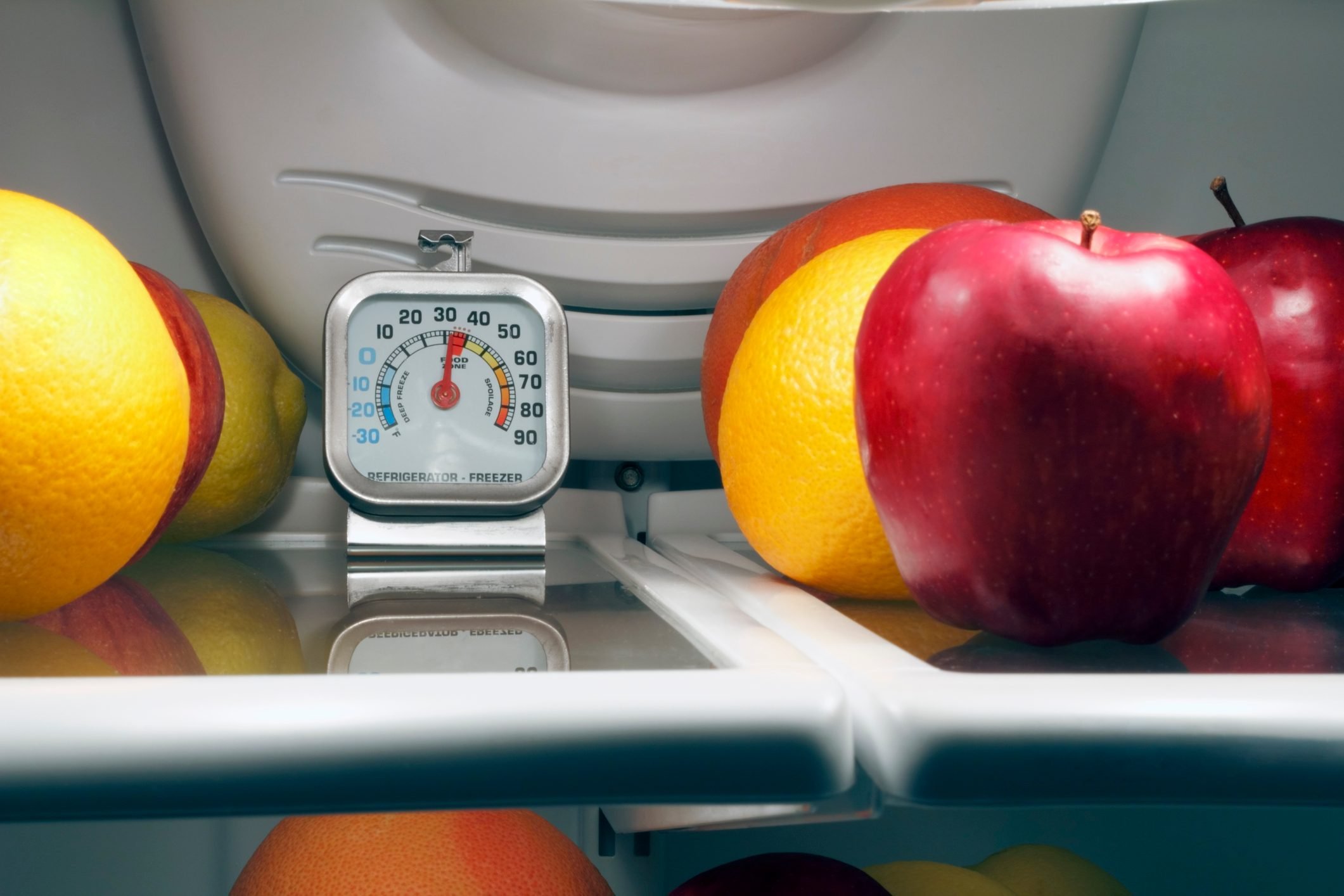

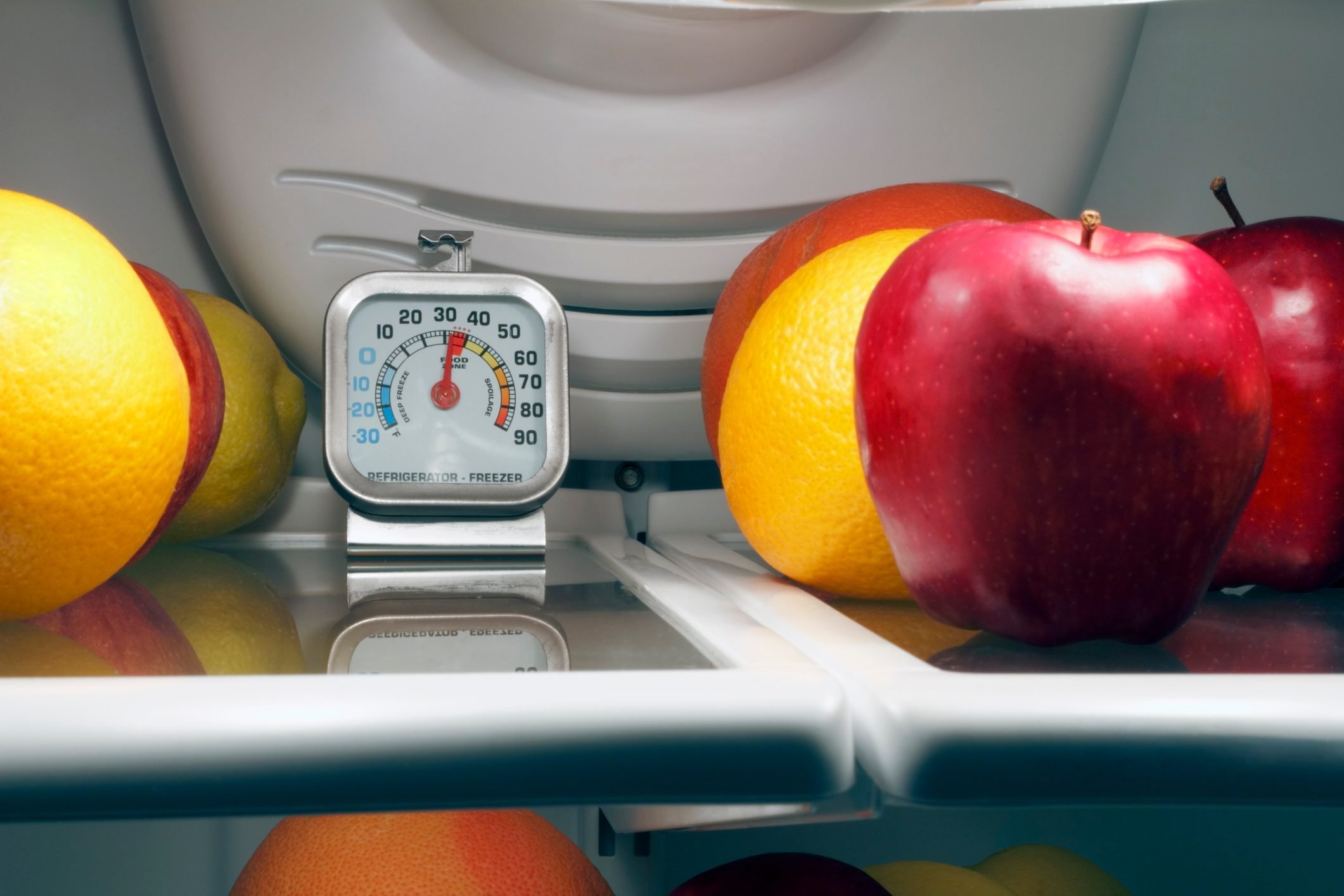
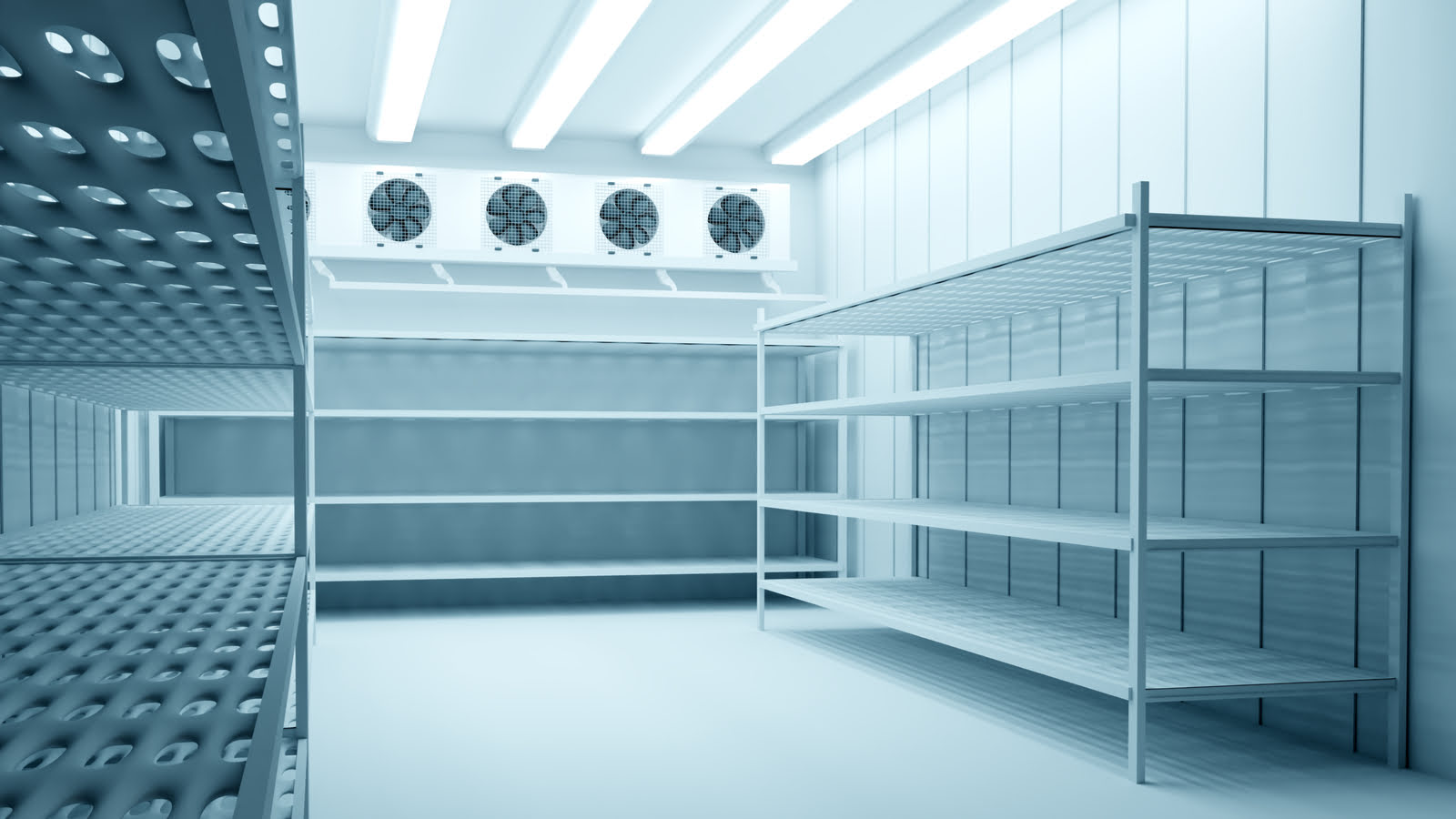

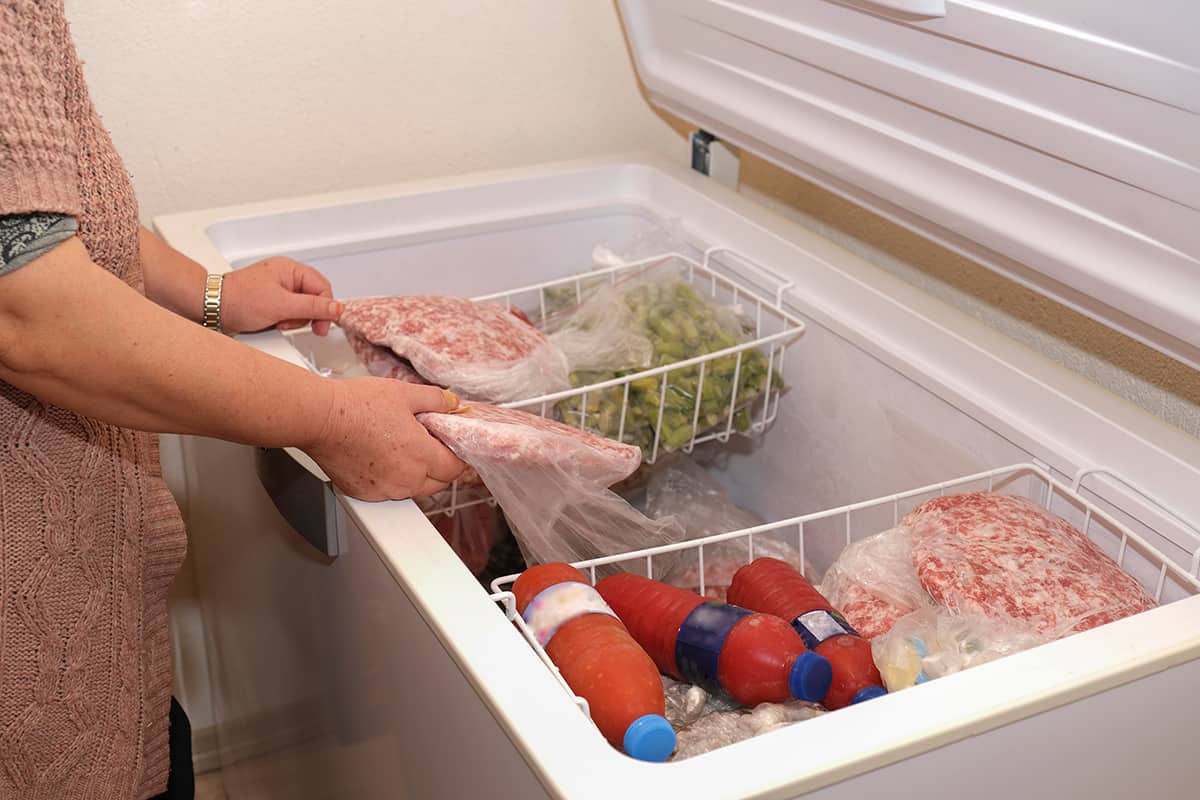

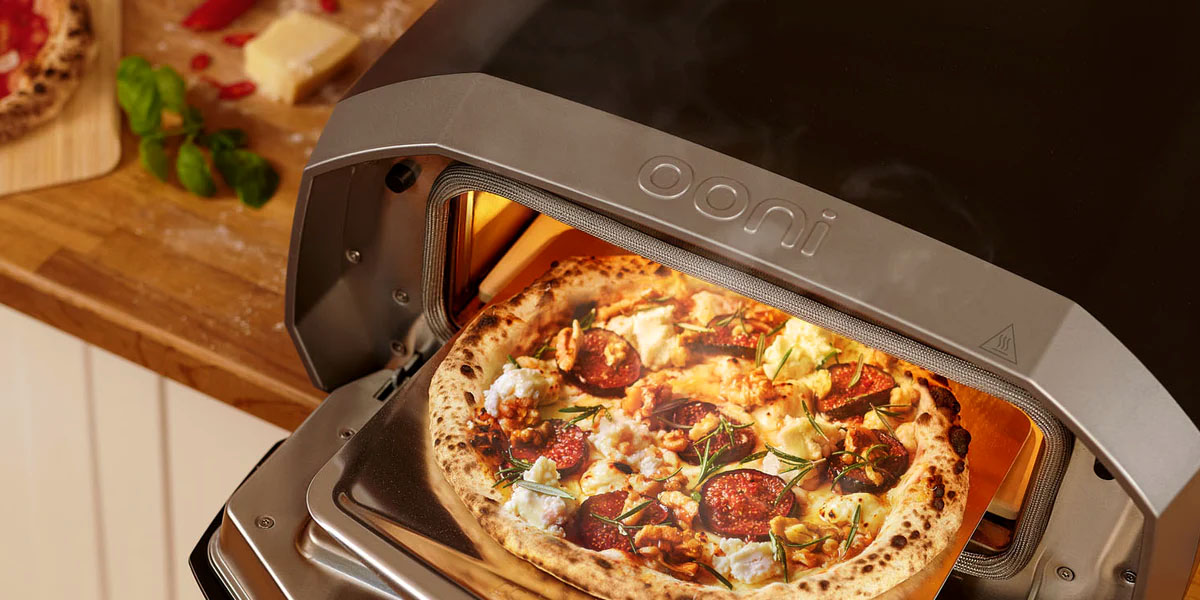
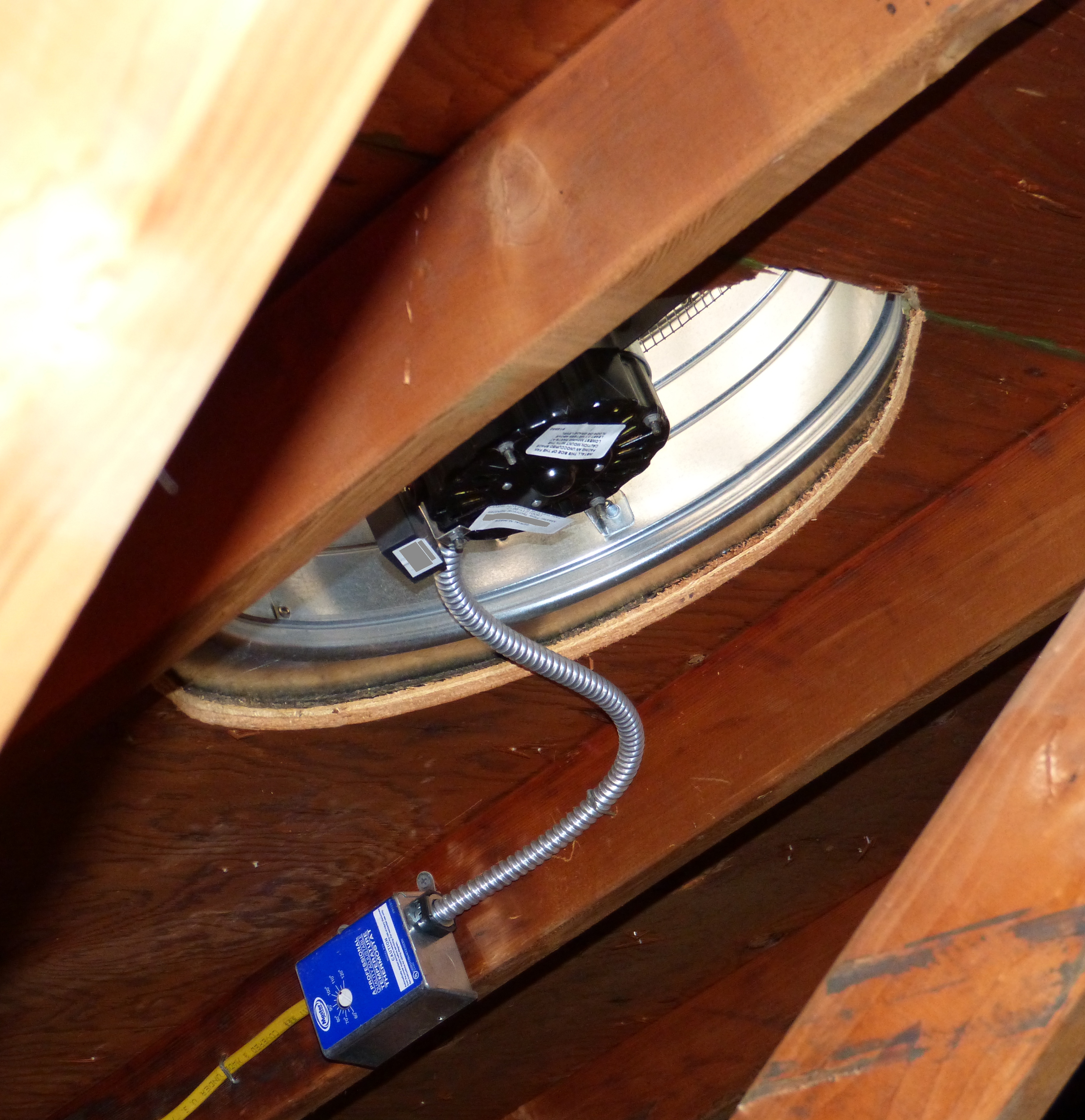

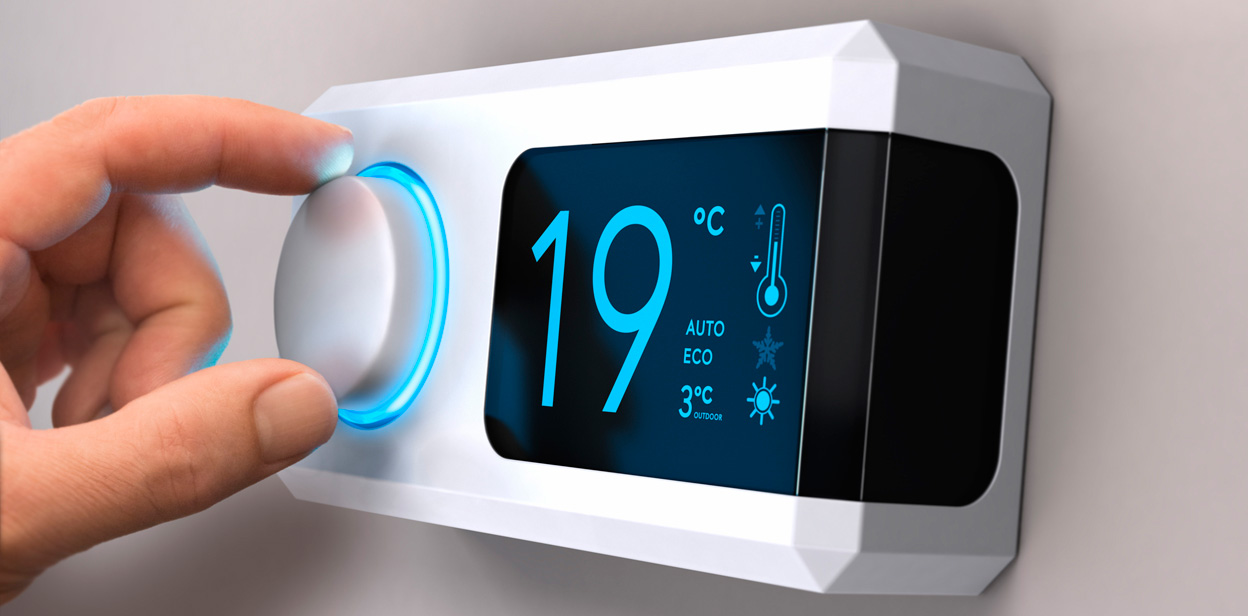
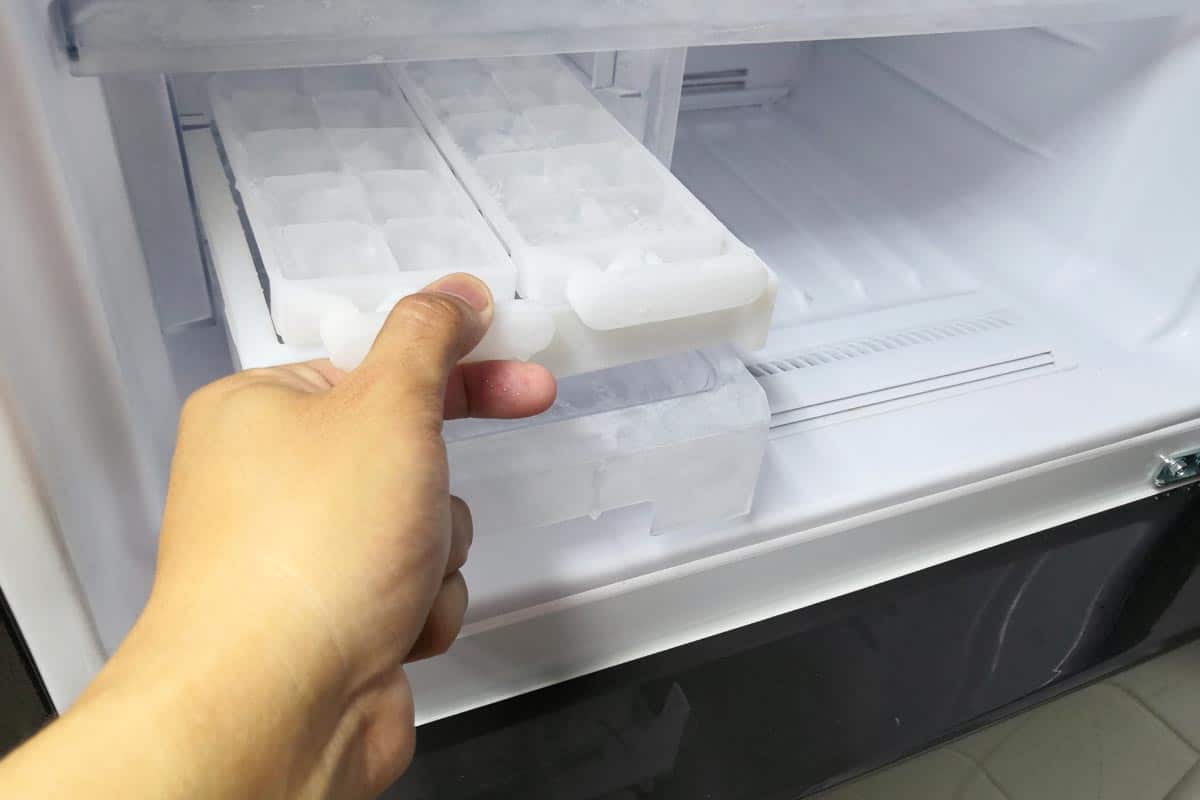

0 thoughts on “What Temperature Should Refrigerator Be Set On”